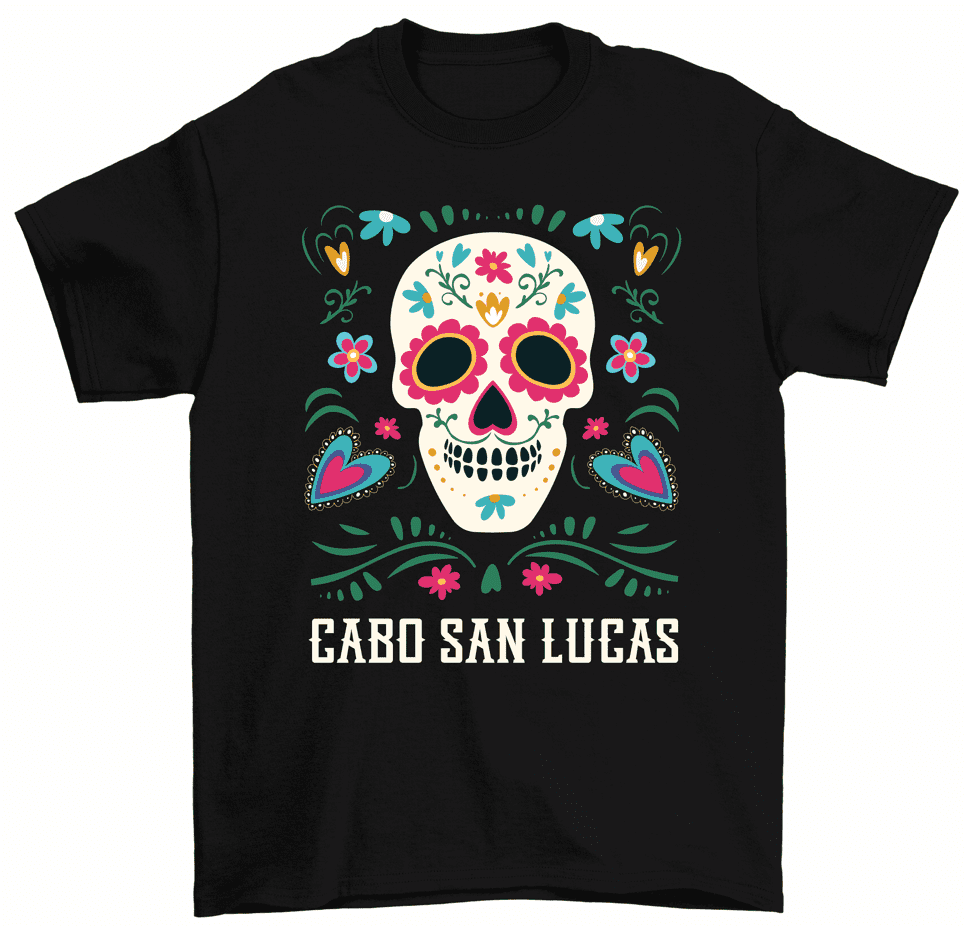

Thereafter, gardens became important Mughal symbols of power, supplanting the emphasis of pre-Mughal power symbols such as forts. The first Mughal garden was created in 1526 in Agra by Babur, the founder of the dynasty. Immediately after the burial in Burhanpur, Jahan and the imperial court turned their attentions to the planning and design of the mausoleum and funerary garden in Agra. Jahan's eldest daughter, the devoted Jahanara Begum Sahib, gradually brought him out of grief and fulfilled the functions of Mumtaz at court. So concerned were the imperial family that an honorary uncle wrote to say that "if he continued to abandon himself to his mourning, Mumtaz might think of giving up the joys of Paradise to come back to earth, this place of misery – and he should also consider the children she had left to his care." The Austrian scholar Ebba Koch compares Shah Jahan to " Majnun, the ultimate lover of Muslim lore, who flees into the desert to pine for his unattainable Layla."

Jahan gave up listening to music, wearing jewelry, sumptuous clothes or perfumes for two years.

Since Mumtaz had died on Wednesday, all entertainments were banned on that day. The court historian Muhammad Amin Qazwini, wrote that before his wife's death the emperor's beard had "not more than ten or twelve grey hairs, which he used to pluck out', turned grey and eventually white" and that he soon needed spectacles because his eyes deteriorated from constant weeping. He was not seen for a week at court and considered abdicating and living his life as a religious recluse. Immediately after hearing the news, the emperor was reportedly inconsolable. The contemporary court chroniclers paid an unusual amount of attention to this event and Shah Jahan's grief at her demise. Her body was temporarily buried in a garden called Zainabad on the banks of the Tapti River in Burhanpur. She had been accompanying her husband whilst he was fighting a campaign in the Deccan Plateau.

Mumtaz died in Burhanpur on 17 June 1631, after complications with the birth of their fourteenth child, a daughter named Gauhara Begum. The epitome of chaste Muslim love – Majnun, going mad in the wilderness 8.9 Perimeter walls and ancillary buildings.8.8 Bazaar and caravanserai (Taj Ganji).4 Concepts, symbolism and interpretations.The design was conceived as an earthly replica of the house of Mumtaz Mahal in paradise. Construction of Taj Mahal began in 1632 AD, (1041 AH), on the south bank of the River Yamuna in Agra, and was substantially complete by 1648 AD (1058 AH). Today it is one of the most famous and recognizable buildings in the world and while the large, domed marble mausoleum is the most familiar part of the monument, the Taj Mahal is an extensive complex of buildings and gardens that extends over 22.44 hectares (55.5 acres) and includes subsidiary tombs, waterworks infrastructure, the small town of Taj Ganji to the south and a 'moonlight garden' to the north of the river. The distraught Mughal Emperor Shah Jahan commissioned the project upon the death of one of his favorite wives Mumtaz Mahal. Its origins lie in the moving circumstances of its commission and the culture and history of an Islamic Mughal empire's rule of large parts of India. The Taj Mahal represents the finest and most sophisticated example of Indo-Islamic architecture. The colors are clear and vivid and accent each other nicely! I've initialed and dated the oval round and Frida on the bottom.Mausoleum of the Taj Mahal complex at Agra, India The tiny chiminea actually works! There's a little switch on the bottom and the flames light up! Frida, the vase and chiminea are removable from the oval plaque (which measures 7" x 5" x 7" at the widest, highest and deepest points) and can be arranged any way you like. The arch has a total of 10 skull charms (front and back), each one embellished with a polymer clay flower and the arch itself has been embellished with satin, deep orange marigolds.
DAY OF THE DEAD FLOWER ARCH FULL
The terracotta vase is full of polymer clay flowers and satin leaves. Frida has been embellished with black pom pom hair, polymer clay/aluminum flowers, polymer clay leaves, a skull charm and tiny polymer clay flowers for earrings. This is a mixed-media piece and is made up of several components that include: an oval wood plaque, a wood peg (Frida), a wood arch, a terracotta pot, a tiny chiminea and satin marigolds. The entire piece has been painted with acrylic paint and varnished with a gloss finish.


 0 kommentar(er)
0 kommentar(er)
